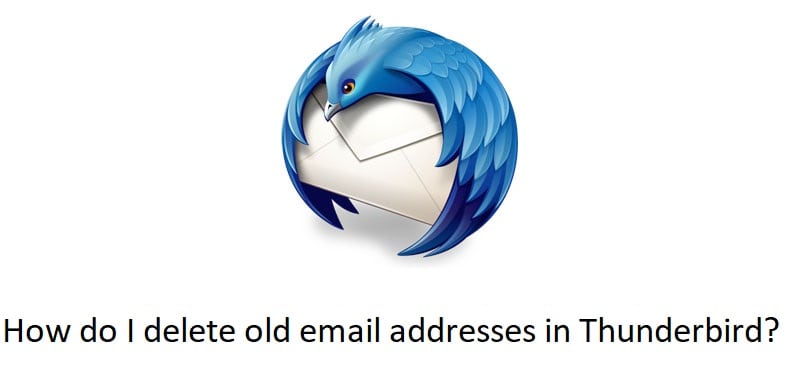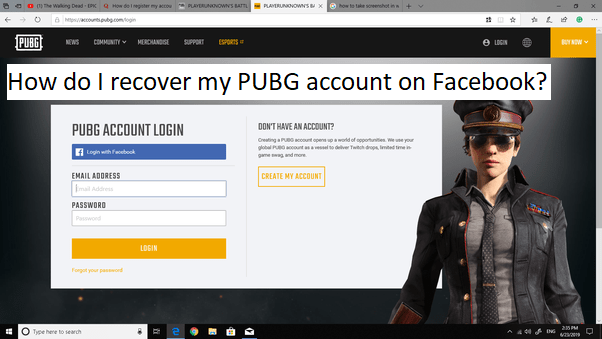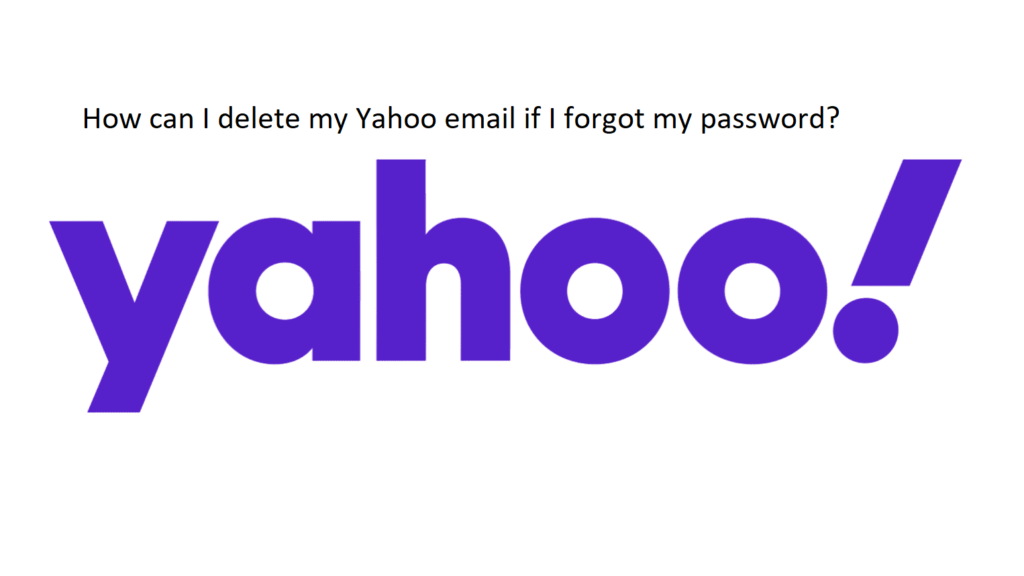Answer
- If you have forgotten your administrator password, there is no way to delete an administrator on your Mac without a password.
- You will need to reset your administrator password in order to delete the administrator account.
How to: Crack and make or delete any admin account on Mac no passwords needed
Delete admin account on mac
If you are the administrator of your Mac, you can give yourself limited access. To do this, open System Preferences and click on the Users & Groups pane. Click on the lock in the lower-left corner to make changes. Then, click on the plus button at the bottom of the list of users to add a new user. In the window that pops up, select “Administrator” from the list of roles and then click on “Create User.
There are a few ways to do this, but the most common is to use a program called “Ophcrack”. This program takes advantage of vulnerabilities in Windows passwords to crack them. You can download it for free from the following link:
https://ophcrack.sourceforge.
To change your administrator to default on a Mac without a password, you will need to open up the Terminal application. This can be done by opening up Finder, selecting “Applications” and then “Utilities”. Once you have opened up Terminal, type in the following command:
sudo dscl . -change /Users/USERNAME Administrator true
replace “USERNAME” with the name of the user you want to make the administrator.
One way to bypass the administrator on a school computer is to use a USB drive. First, you would need to create a file on the USB drive called “autorun.inf.” Then, you would need to create a folder on the USB drive called “Programs.” Next, you would need to copy the executable file for the program that you want to run onto the USB drive. Finally, you would need to open the “autorun.
There is no one-size-fits-all answer to this question, as the process for gaining administrator permissions will vary depending on the operating system and software in use. However, some tips on how to get administrator permission off include researching how to do so through online forums or support pages, or contacting the software or operating system manufacturer for more specific instructions.
If you’ve forgotten your administrator password for your Mac, you can reset it with a single command. First, open Terminal (in Applications > Utilities) and type the following:
resetpassword
This will open the Reset Password utility. Enter your administrator username and click Reset Password. You’ll be prompted to enter a new password.
If you’ve forgotten your Mac administrator password, there is a way to reset it without losing any of your data.
First, try using the “password hint” feature. This will show you a hint if you have one set for your administrator account.
If that doesn’t work, you can create a new administrator account and transfer your data to it using the Migration Assistant. This process will not delete any of your files or settings.
There are a few ways to do this, but the easiest is to open the Command Prompt as administrator and type “net user administrator /active:yes”. This will enable the administrator account and you can then log in with that account.
There is no one-size-fits-all answer to this question, as the administrator username and password for a given computer will vary depending on the configuration of the system. However, some tips on how to find your administrator username and password include checking the documentation that came with your computer, searching for the information online, or contacting the manufacturer or your computer’s distributor for help.
There is not a straightforward way to remove a laptop from a domain without the administrator password. One option is to try to guess the password, but this can be difficult and time-consuming. Another option is to reset the password using another computer that is already on the domain.
If you are an administrator and you have been denied access to a particular account, you can delete the account. First, go to the accounts tab and click on the account you want to delete. Then, click on the permissions tab and click on the delete button.
There is no one-size-fits-all answer to this question, as the best way to bypass administrator restrictions will vary depending on the specific situation. However, some tips on how to bypass administrator restrictions include using a different user account, using a different computer, or using a different operating system.
If you are blocked from editing by an administrator, you can request to be unblocked. To do this, please follow these steps:
Go to the page where you are blocked from editing.
Click on the “request unblock” link at the top of the page.
Follow the instructions on the next page.
To change the administrator on a Mac, you will need to know the current administrator’s username and password. Then, open System Preferences and click Users & Groups. Click the lock in the bottom left corner to authenticate, and then enter the current administrator’s username and password. Click the plus sign in the lower left corner, type in the new administrator’s name and password, and then click Create User. The new administrator will now be able to log in and make changes.
There are a few ways to remove a computer from a domain that no longer exists. One way is to use the dsrm command-line tool. Another way is to use the Active Directory Users and Computers snap-in.













